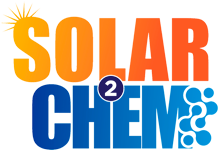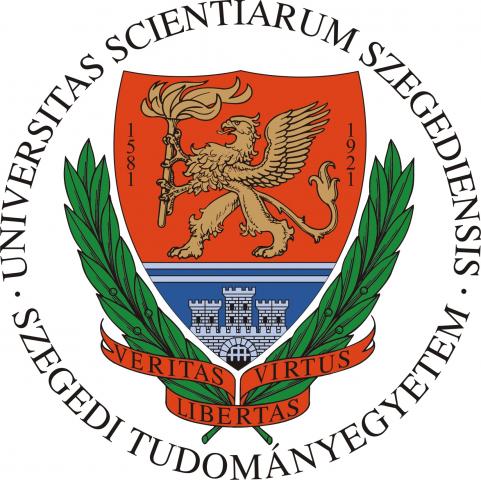
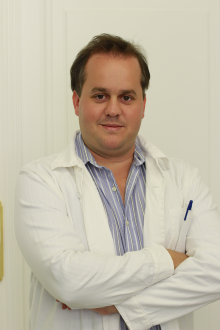
Dr Csaba Janáky is an Associate Professor at Department of Physical Chemistry and Materials Science, University of Szeged, Hungary. He is the principal investigator of the MTA-SZTE “Momentum” Photoelectrochemistry Research Group, supported by the Hungarian Academy of Sciences and the European Research Council (ERC-Starting Grant). He is an emerging expert of materials science-oriented electrochemistry and photoelectrochemistry. He has developed new electrode materials for energy applications, such as CO2 reduction, water oxidation, O2-reduction, and H2 evolution. His interest is focused on the rational design of these electrodes, after establishing structure/property relationships. He published over 80 articles in peer-reviewed journals including four reviews, two perspective, and one viewpoint article, with an overall impact factor of 500. His current research group has 5 permanent members, 4 postdocs, 5 PhD students, and 4 undergraduate students. He is member of the Editorial Advisory Board of ACS Energy Letters (a premier scientific journal of energy research), and the Young Academy of Europe.
Google Scholar
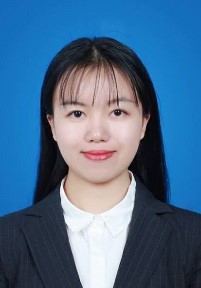
Xiangtian Chen, born in 1995, China, currently a PhD student in University of Szeged, Hungary.
Xiangtian Chen received her bachelor’s degree in Applied Physics from Nanjing University of Science and Technology and her master’s degree in Condensed Mater Physics from Nanjing University. During her master period, she focused on solar energy conversion and storage by semiconductor junctions (Fe2O3/Ni(OH)2) through photoelectrochemical reaction (solar water splitting, solar charging supercapacitors) in Prof. Zhigang Zou’s group. Since then, she developed her interests in solar energy utilizing technology and its industrial development. Solar2Chem, a highly dynamic group with partners from experimental, theoretical, industrial and policy sides, offers a great opportunity for her to further develop her professional skills as an early-stage researcher. Moreover, secondments in different institutes provided by this project are also an appealing factor for her.
As ESR11, Xiangtian Chen’s project focuses on advanced characterization with high spatial and temporal resolution for hybrid photoelectrodes under Prof. Csaba Janáky’s supervision. In spatial part, 2D photoelectrochemical microscopy will be used to study property difference in different part of the material. And in-situ TEM will be used to study material changes at the solid-liquid interface during electrochemical cycling. Ultrafast transient spectroscopy (both in-situ and ex-situ) will be used to assess the charge carrier dynamics of the photoelectrodes.
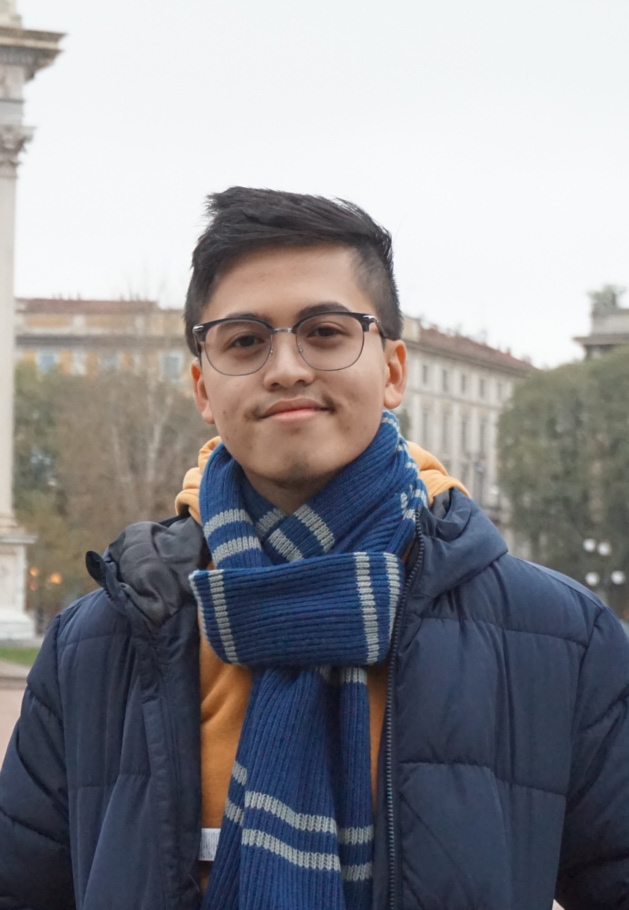
John Mark Christian M. Dela Cruz, Mark for short, was born in 1995 in San Fernando, Pampanga (Philippines). He is currently residing in Szeged, Hungary for his PhD studies.
He did his bachelor’s under a double degree program in Chemistry and Materials Science and Engineering in the Ateneo de Manila University (Philippines). Coincidentally, he did another double degree program for his master’s under the Erasmus Mundus Joint Master’s Functionalized Advanced Materials and Engineering (FAME+). Before taking his master’s, he worked for 2 years as a research assistant in a government-funded project between Philippines and California (PCARI) where he worked on inkjet printing of materials for energy applications. He enjoyed immensely working in the laboratory that he decided that he wants to become a research scientist.
During his master’s, he had the chance to work as an intern on a project called artificial leaf. This ambitious idea resonated with him greatly that he decided to pursue this field for his master’s thesis and his PhD. He saw that with his skills and interests, he can contribute to finding the answers to one of the greatest threats humanity has faced—climate change. The Solar2Chem seems to be his dream project working together with experts in the field of solar chemical production while taking a doctoral training. In addition, this project offers a huge potential for collaboration with likeminded and eager young professionals like him. This project makes him excited so much that he sees himself very involved in the research and development of this growing field of sustainable chemical production.
Mark is currently working as ESR12 on developing protective coatings for semiconductor photoelectrodes. Corrosion poses a problem to the development and deployment of photoelectrochemical technology as this translates to loss of material and efficiency. Because of this, he wants to investigate the mechanisms involving photocorrosion to be able to develop ideas in protecting the electrodes. In order for efficient solar chemical production to be realized, this important phenomenon of photocorrosion needs to be addressed. He sees this project as a challenge and a motivation to wake up every day and contribute to the world, even infinitesimally.
